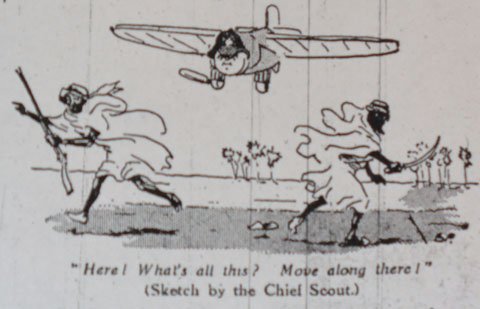
Airfix Spitfire Mk 21, a work in progress. Image source: Airfix gallery, user HawkerTempest5.
It looks like Airfix, Britain’s oldest and most famous manufacter of plastic model aeroplanes (among other things), might be going under.
It will probably not surprise readers of this site to learn that I had a collection of model aeroplanes as a boy. It was small but diverse: a Mustang, a Kaydet, a Lancaster, a F-16 (and some ships too, the USS Pennsylvania and the Santa Maria) … maybe some others I can’t remember now. (They did not long survive the arrival of a baby brother.) However, I lacked the patience and the dexterity to be very good at making them. Probably the low point was the Lancaster. I didn’t have the right colour paints, so it ended up being painted in the highly distinctive but … erm … somewhat unhistorical camouflage scheme of the Desert Air Force. Not only that, but I laid it on so thickly that if it were scaled up to full-size, I doubt it would ever have gotten off the ground under the weight of all that paint!
Airfix started making scale models in the 1950s (its first aeroplane was a 1/72 scale Spitfire in 1955). The first plastic scale models were the Frog Penguins, starting with a Gloster Gladiator in 1936. But it seems that the basic idea goes back a few years earlier, when the components were made from solid wood (so-called “solid scale” models), with some metal and acetate. In fact, an article at CollectAir suggests that the honour for originating the concept should go to the Air League of the British Empire:
A Junior Air League section was formed by A.J. Holladay, called the “Skybird League” in 1933 and the decision was made to market commercial solid-scale model kits of current model airplanes in 1:72 scale. Many “Skybird” members who crafted models from these kits and drawings later became RAF pilots such as Neville Duke. This was a civilian commercial endeavour, nevertheless it was the progenitor of the government recognition model program for the British and for the U.S., both of which would come belatedly.
I haven’t been able to verify this yet, but it makes sense. The Air League had always been interested in promoting an airminded youth: as early as April 1909, only two months after it was founded, the Aerial League of the British Empire (as it was then known) staged a balloon flight and leaflet-dropping competition with the Boy Scouts, at Battersea Gasworks. Under J. A. Chamier in the 1930s, the Air League lobbied the government to set up an air cadet scheme, which bore fruit in the shape of the Air Defence Cadet Corps, formed in 1938 (today’s Air Cadets Organisation is a direct descendent).
So swearing over the placement of fiddly decals and the smudging of acetate canopies with glue goes back a long way. If Airfix disappears, there will be other companies to carry on the tradition (the industry is particularly strong in Japan), but it will still be a sad day.
![]() This work is licensed under a Creative Commons Attribution-NonCommercial-NoDerivatives 4.0 International License.
Permissions beyond the scope of this license may be available at http://airminded.org/copyright/.
This work is licensed under a Creative Commons Attribution-NonCommercial-NoDerivatives 4.0 International License.
Permissions beyond the scope of this license may be available at http://airminded.org/copyright/.




Hi – Re. your piece about the ‘Skybird League’ – Alfred J Holladay was my grandfather, and although I never knew him, I have over the years become very interested in Skybirds and now have quite a collection of both the planes and their extensive range of accessories.
I also have a great deal of paperwork concering the company and their products and can confirm that they were the original marketers of the the 1/72 scale aircraft.
Some of the aircraft I have are as good as new even though they were constructed and painted over 70 years ago – they are little works of art and I’m very proud of what my grandfather achieved. He inspired many young boys back in the 1930’s to become interested in aviation (the word ‘air-minded’ crops up frequently in their literature) and instilled in many of them a lifelong interest in aircraft generally – many of them went on to join the RAF in one form or another (either as ground crew, production and some as pilots), notable examples being Neville Duke and Geoffrey Wellum who both built Skybirds as teenagers. My grandfather instigated the annual competitions to discover the best constructed Skybirds, often with excellent prizes for the best entries.
There is a lot more I could tell you about this, but I need to start work shortly!
If you need any more info., please let me know.
Regards,
Graham Bailey – Essex
Thanks, Graham — that’s very useful to know. I may well be in touch at some point …
Hullo Brett
How are you and what are you doing these days ? We met in the RAF Museum at Hendon when you were in the UK. I enjoy your work on the net, the site’s reads, and hope that life treats you well.
Kindest regards.
Yours aye
Alex.
Alex:
Good to hear from you! I’ll send you an email.
Brett